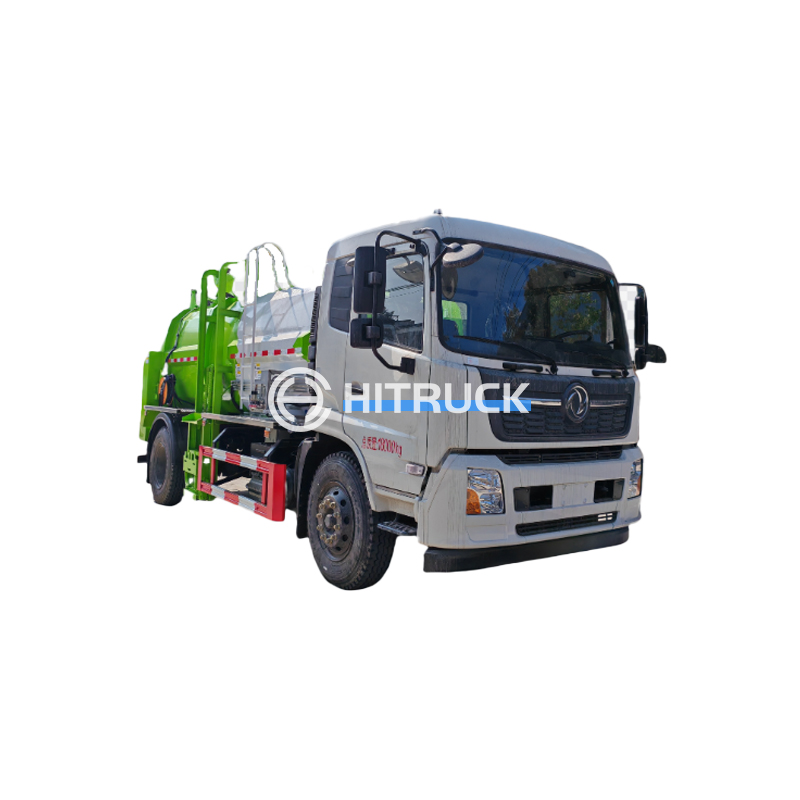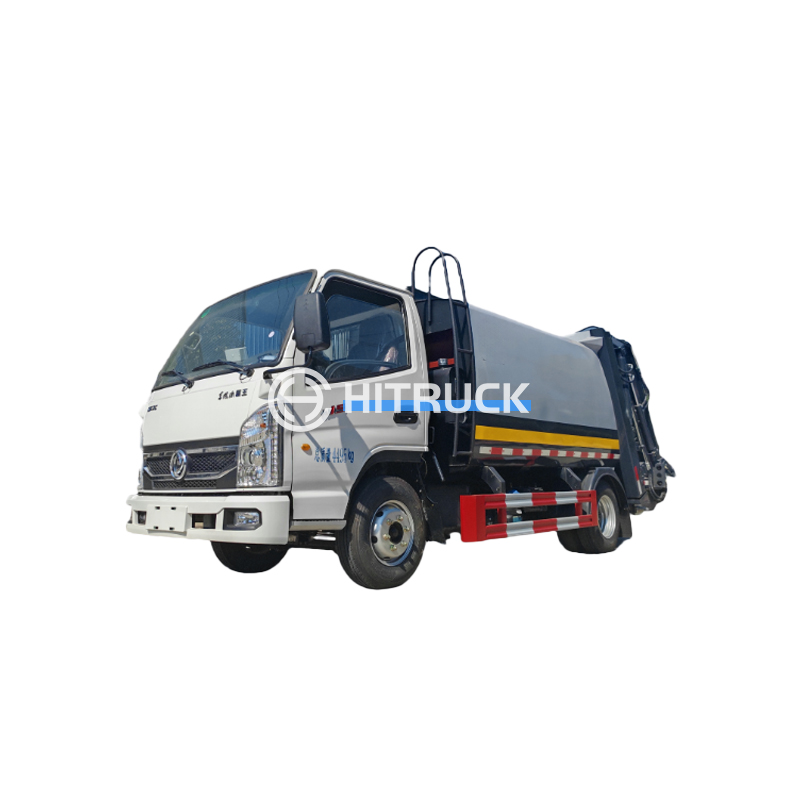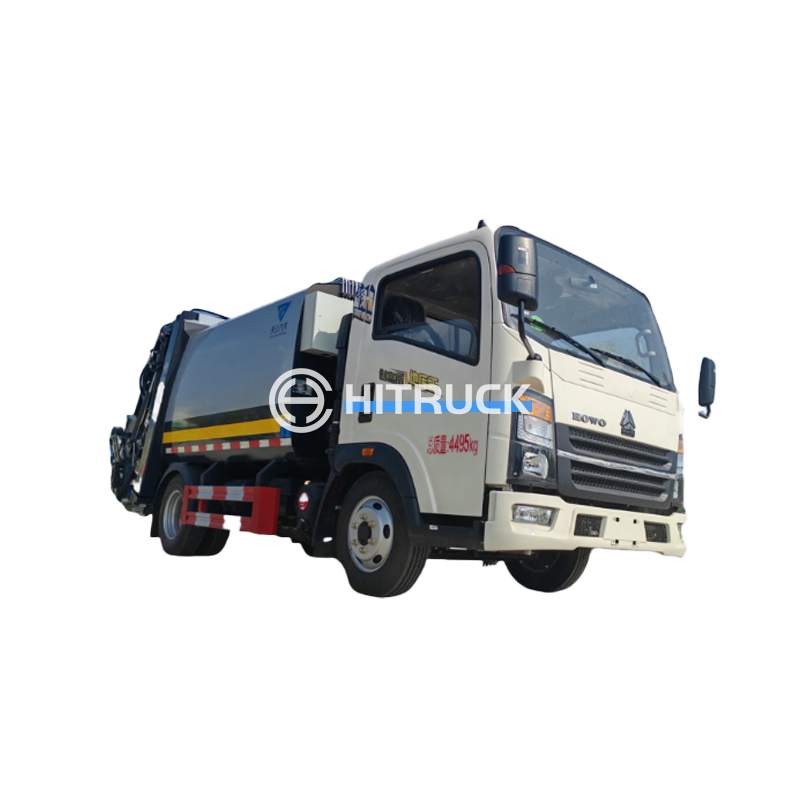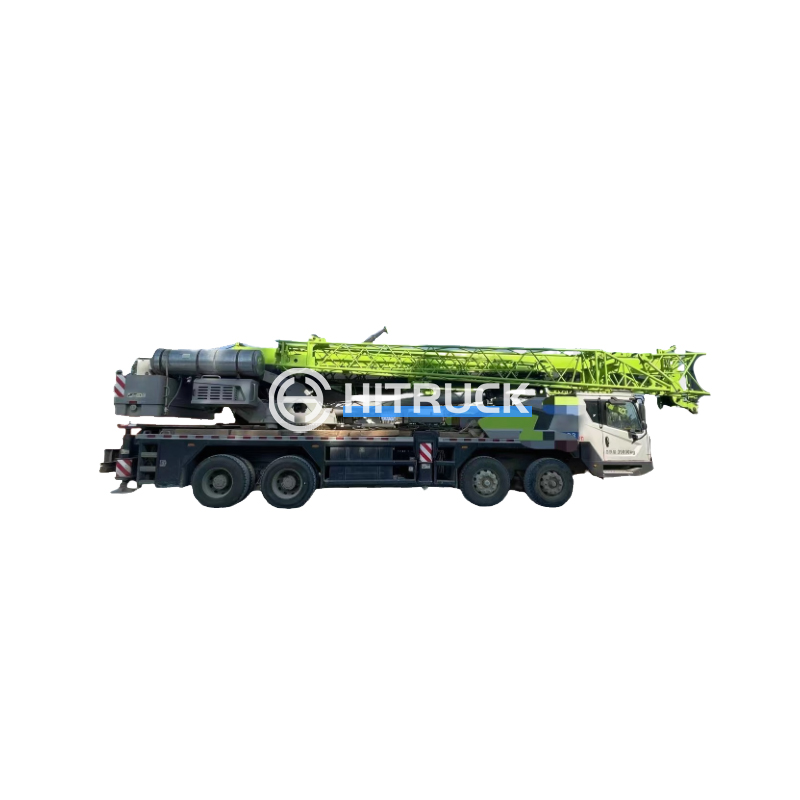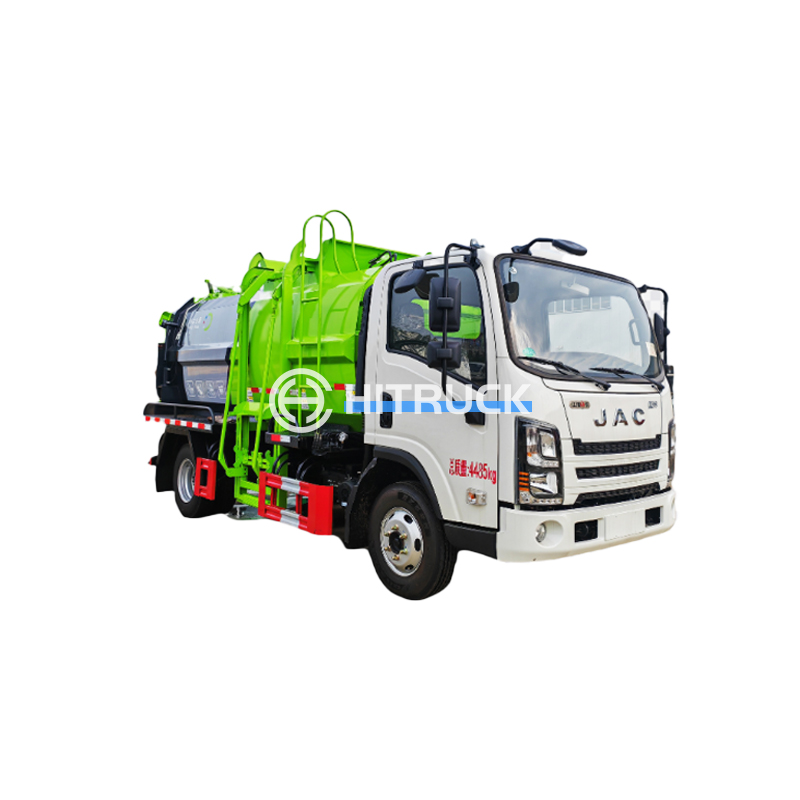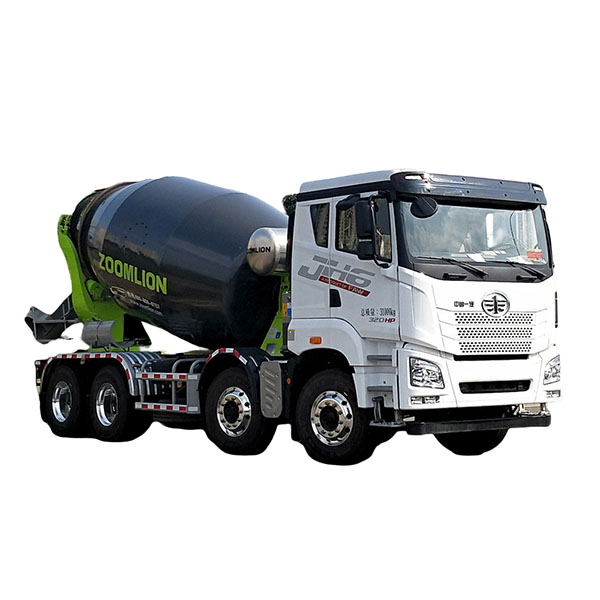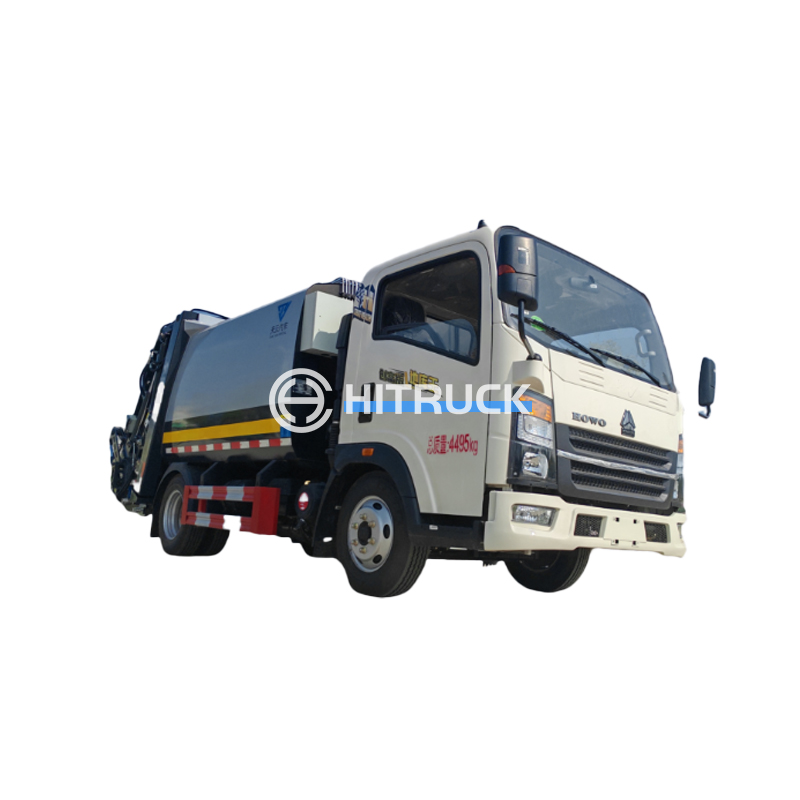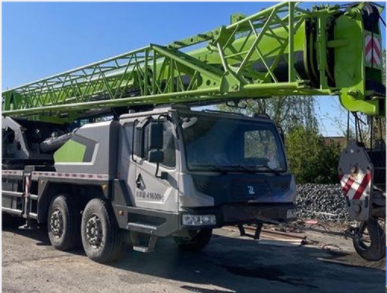This comprehensive guide explores the intricacies of ladder fire trucks, covering their design, functionality, operation, and significance in modern firefighting. We'll delve into the various types of ladders, the technology behind their operation, and the crucial role they play in rescuing people and property from perilous situations. Learn about the safety features, maintenance requirements, and the future of this essential piece of fire-fighting equipment.
Aerial ladder fire trucks, also known as aerial ladder platforms, are equipped with a long, articulated ladder that can extend to significant heights. These trucks are invaluable for reaching high-rise buildings and other elevated structures during rescue operations or to fight fires at considerable heights. The articulation allows for precise positioning of the ladder, even in confined spaces. Many modern models incorporate advanced stabilization systems to ensure safety during operation. These trucks usually carry a substantial water tank and pumping capacity.
Straight ladder trucks feature a single, non-articulating ladder that extends vertically. While offering less maneuverability than aerial ladders, they provide a simpler and often more robust solution for reaching moderate heights. These trucks are commonly found in smaller fire departments or in situations where the articulated design is not necessary. Their relatively simple design makes them easier and cheaper to maintain. The capacity of the water tank and pump varies significantly, depending on the specific truck model.
Beyond the standard aerial and straight ladder trucks, there are also specialized variations. Some fire departments utilize combination pumpers that incorporate a ladder alongside their primary pumping capabilities. Others might have platforms that extend horizontally, providing access to hard-to-reach areas. The specific type of ladder fire truck a fire department uses depends heavily on their local needs and building typology.
Modern ladder fire trucks incorporate cutting-edge technology to enhance safety and efficiency. This includes advanced stabilization systems to prevent tipping, sophisticated control systems for precise ladder positioning, and integrated safety features to protect firefighters. Many trucks are equipped with cameras and lighting systems to improve visibility in low-light conditions or smoky environments. Regular maintenance and rigorous training are vital to ensure the safe and effective operation of these complex machines. For example, regular inspections of the ladder’s structural integrity and hydraulic systems are paramount.
Maintaining a ladder fire truck requires specialized knowledge and skills. Regular inspections, preventative maintenance, and prompt repairs are essential to ensure the truck's operational readiness and the safety of firefighters. Comprehensive training programs are vital for operating these complex vehicles and utilizing their features safely and effectively. Regular operational drills and simulations can enhance the effectiveness of the fire fighting team.
The future of ladder fire trucks likely involves continued technological advancements. We can anticipate further integration of automation, improved stabilization systems, and enhanced safety features. The incorporation of lightweight materials and alternative energy sources could also improve efficiency and reduce environmental impact. Research and development in this area continually strive to improve response times and firefighter safety.
| Feature | Aerial Ladder Truck | Straight Ladder Truck |
|---|---|---|
| Ladder Type | Articulated | Non-Articulated |
| Reach | Typically higher | Typically lower |
| Maneuverability | Higher | Lower |
| Complexity | Higher | Lower |
For more information on heavy-duty vehicles and equipment, check out Suizhou Haicang Automobile sales Co., LTD. They offer a wide range of options to meet diverse needs.

